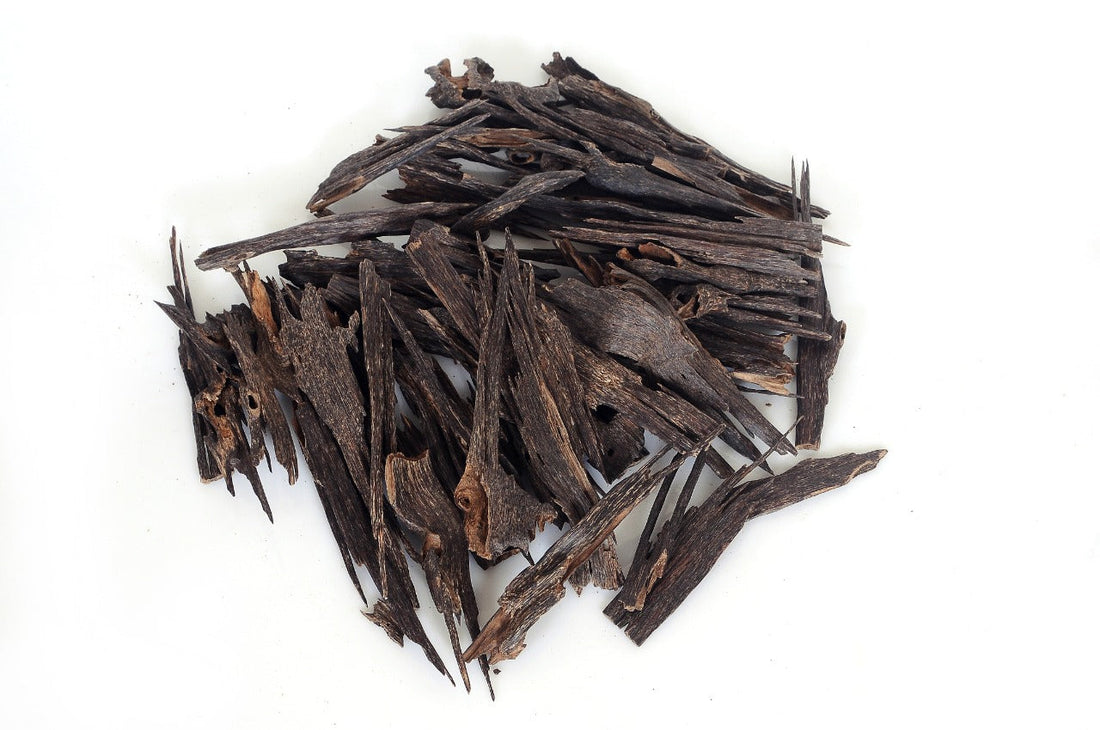Exploring the World of Agarwood Chips: A Journey into Fragrance
Agarwood, the "Wood of the Gods," isn't just a single product—it's a world of varieties, each with its own unique characteristics and aromatic profile. While agarwood oil gets much of the attention, the raw, resinous agarwood chips are the foundation of this fragrant industry. These chips, used for incense burning, distillation, and traditional medicine, are graded based on several key factors that determine their quality and, consequently, their value.
The Grading System: A Look at Quality
There's no global standard for grading agarwood chips, and different regions and traders have their own systems. However, most systems are based on a few universal criteria:
- Resin Content: This is the most crucial factor. The more resin the wood contains, the darker, heavier, and more fragrant it is. High-quality chips are almost black with resin and feel dense. Lower-grade chips are lighter in color and weight.
- Scent Profile: The aroma of the chips is paramount. Higher grades have a complex, multi-layered scent that can include notes of sweetness, spice, wood, and even fruit. Lower grades might have a simpler, less refined, or more smoky aroma.
- Origin: The country of origin significantly influences the scent. For example, Cambodian agarwood is known for its sweet, honey-like aroma, while Vietnamese agarwood is often celebrated for its spicy, rich scent.
- Species: Different Aquilaria species produce different types of resin. The species, like Aquilaria crassna or Aquilaria malaccensis, contributes to the unique chemical composition and scent of the agarwood.
A Regional Guide to Agarwood Varieties
Each region's agarwood chips have a distinct "terroir," much like wine. Here’s a brief guide to some of the most sought-after varieties:
- Vietnamese Agarwood (Ky Nam/Kin Kien): Considered the gold standard, especially the rare Ky Nam (Kynam). These chips are extremely dense, with a complex aroma that's both sweet and spicy. They are highly prized and can command astronomical prices.
- Cambodian Agarwood: Famous for its sweet, almost fruity scent with hints of honey. The chips are often dark and resin-rich, making them popular for both burning and oil distillation.
- Malaysian Agarwood: This variety is known for a balanced aroma—a mix of woody and sweet notes. It's often used in high-quality incense sticks and is a favorite among collectors for its consistent quality.
- Indonesian Agarwood: This broad category includes chips from various islands like Borneo and Sumatra. The scent can vary but is generally characterized by a rich, earthy, and often smoky aroma.
- Indian Agarwood (Assam): One of the most historically significant sources. Indian agarwood chips are known for their woody, musky, and strong animalic notes, making them a unique and popular choice for traditional ceremonies.
- From the Tree to the Chip: A Sustainable Future
The demand for high-quality agarwood has led to a depletion of wild trees. Today, the majority of agarwood on the market comes from cultivated plantations. In these plantations, the Aquilaria trees are inoculated to stimulate resin production. This method ensures a sustainable supply and allows for a more consistent product, though many connoisseurs still prefer the complexity of wild-harvested wood.
How to Appreciate Agarwood Chips
To truly appreciate the nuances of agarwood chips, you can use a small charcoal burner or an electric incense heater. Using a burner allows the chips to heat slowly, releasing their complex fragrance in layers. Start with a small piece and observe how the scent changes as it warms up. The journey from a small chip to a profound, lingering fragrance is what makes agarwood a truly magical and meditative experience.

